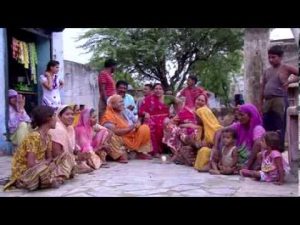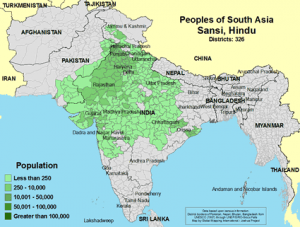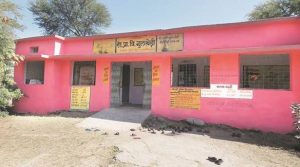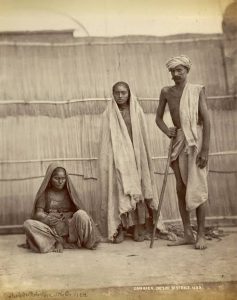Sansi is a nomadic tribe, originally located in the Rajasthan area of northwestern India, but expelled in the 13th century by Muslim invaders and now spread to states of Rajasthan, Haryana, Punjab as well as scattered throughout India.
List of sansi tribe Rajasthan
- HISTORY
- CLASSIFICATION
- GYPSY AND NOMADIC CASTE
The Sansi people of Rajasthan, Punjab, Haryana and Delhi speak Sansiboli. They can be nomadic and were classed as a criminal tribe due to their past. That stigma is with them today making life difficult for them. They can be shunned by others and live in seclusion.
Many of the Sansi live in poverty. Some pull rickshaws. Some of their children work in shops to help poor families. They have a caste council to look after them and to settle disputes among them. Some of the Sansi are farmers and laborers while others sell alcoholic drinks.
Many of them have a low literacy level and so the gospel will need to be given in oral form too. They are a Scheduled Caste and Hinduism is their religion. The Sansi live in other parts of India too such as Himachal Pradesh, Madhya Pradesh, Uttar Pradesh, Jammu and Kashmir and Chandigarh.
HISTORY
During British rule in India they were placed under the Criminal Tribes Act 1871, hence stigmatized for a long time, after independence, however, they were denotified in 1952.
As the Sansiya, they were recorded in Uttar Pradesh in the 2011 Census of India. There they were a Scheduled Caste, with a population of 5689. The peoples of Sansi Tribes are originally descended from Rajput origin and migrated from Mewar to different parts of the country in the 16th century and acquired nomadic character.
This tribe did not co-operate with the British Regime and because of the nomadic character, became educationally, socially and economically backward.
During the British regime, these peoples had been condemned to live on unsettled life, moving from place to place, in their attempt somehow to fend for themselves and permitted to camp for a while on the outskirts of village strictly on sufferance, they have since time immemorial lived as outsiders in their own country.
There is no patch of land for them to stand on which they can call their own land and they have no permanent habitation providing a roof over their heads, indeed they have been deprived of the very basic needs which have to be satisfied for ensuring human survival.
The Sansi Tribe constitutes the most deprived as well as the most neglected section of the Indian People condemned by the social traditions to a nomadic mode of living and subsisting on the fringe of the settled community.
CLASSIFICATION
Numbering some 60,000 in the early 21st century, the Sansi speak Hindi and divide themselves into two classes, the khare (people of pure Sansi ancestry) and the malla (people of mixed ancestry). Some are cultivators and labourers, although many are still nomadic. They trace their descent patrilineally and also serve as the traditional family genealogists of the Jat, a peasant caste. Their religion is simple Hinduism, but a few have converted to Islam.
GYPSY AND NOMADIC CASTE
Sansi is a gypsy and nomadic caste of Sikhs, although Hindu Sansis also exist within and outside Punjab in sizable numbers. The caste claims origin from Bhati Rajputs from Rajputana who had taken to nomadic life after their defeat by Alla-ud-din Khilji in 1303 AD.
Many of these Bhati Rajputs moved north into Punjab and the Sikh ruling houses of Jind, Faridkot and Patiala as well as the clan of Maharaja Ranjit Singh, who was a Sansi, traced their origin to these Bhati Rajputs. Bhati Rajputs were originally a Jadubansi Rajput tribe tracing origin to Lord Krishna’s clan.
CONCLUSION
In the past, Sansi’s also served as the hereditary genealogists of Jats for which every Sansi family would receive a minor share in the harvest from the host families. Sansi’s were also affectionately addressed as “Dada” (or grandfather) by the Jats, perhaps because they provided them the information about their forefathers when requested.
Socio-anthropologists, who have studied Sansi gypsies closely, have found them to be remarkably akin to the gypsies found in Europe in terms of linguistics, cultural habits and genetics. Some of the other names Sansis are commonly known with are Saunsis, Sainsi’s, Sahnsis, Sahsis, Sansiyas, Bhatus or Bhantus.






